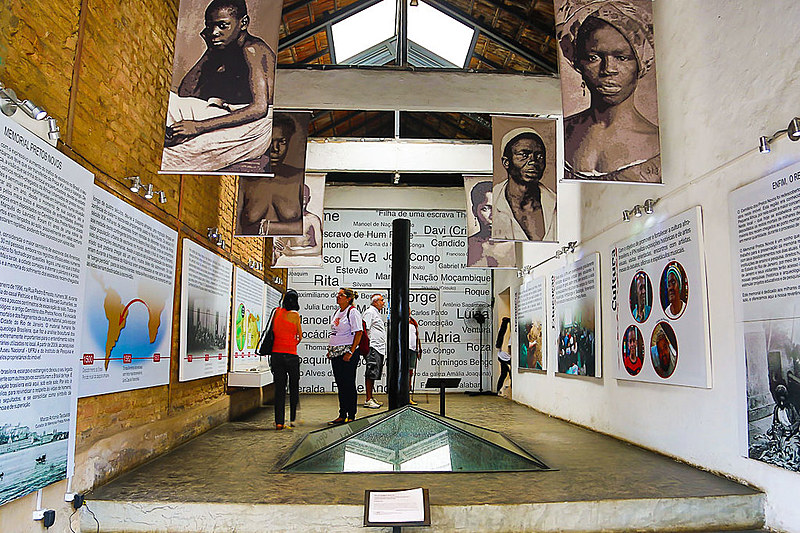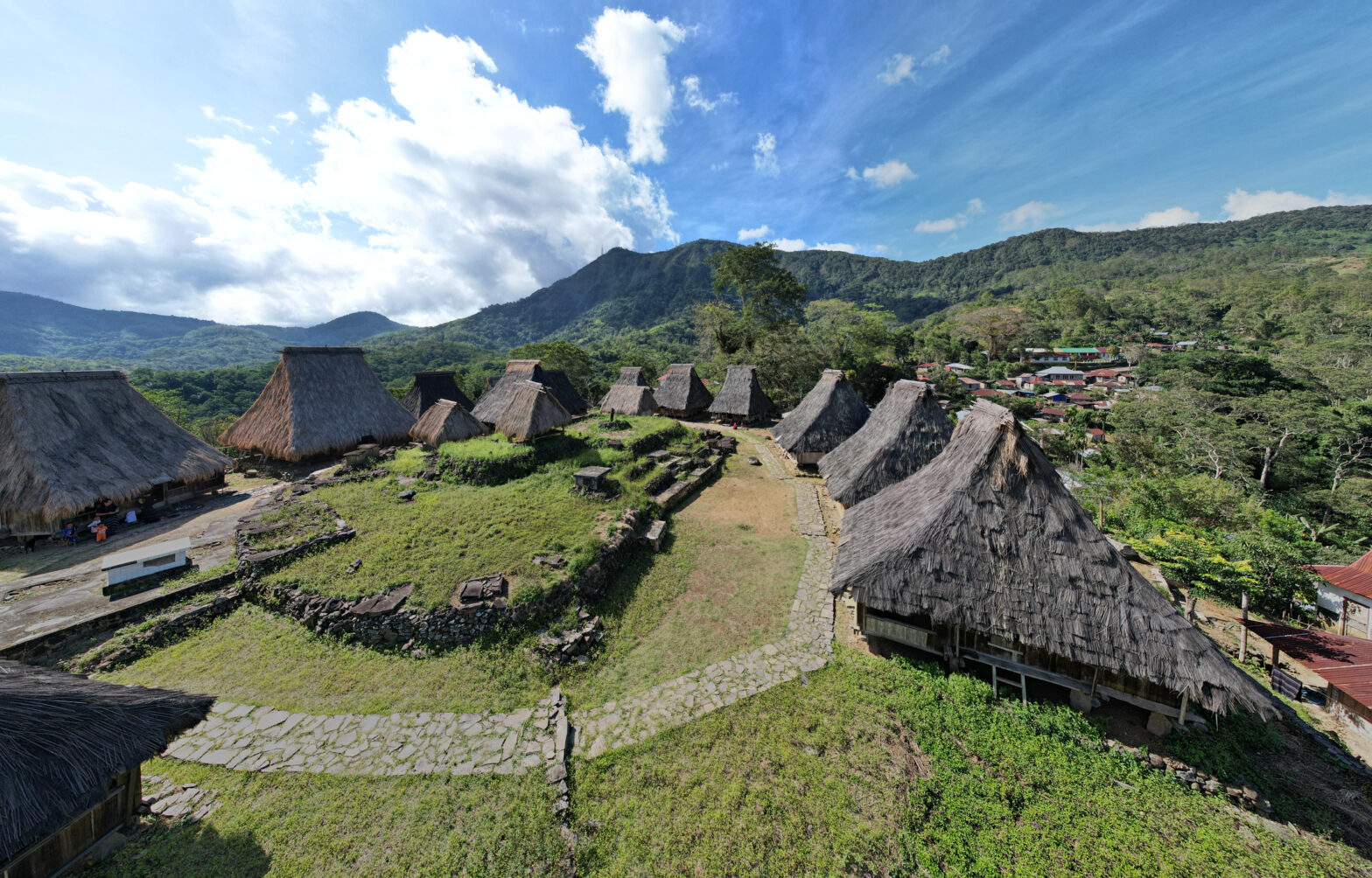Buried and forgotten for almost 200 years, a cemetery of enslaved Africans who arrived in Rio de Janeiro in the 18th and 19th centuries has been turned into a museum.
Discovered in the 1990s during a renovation process of an abandoned house in Rio de Janeiro, the Museum of Pretos Novos Cemetery (Newly Arrived Blacks Cemetery Museum) now lies in Rio’s downtown area, and it is one of the most painful sites from the slavery era in Brazil.
Pretos Novos was the name given to the enslaved Africans who had recently arrived from the continent and disembarked in Rio de Janeiro. The so-called Cemitério dos Pretos Novos operated between 1769 and 1870, a few blocks from the old slave market, located in Valongo, a stretch of the Rio’s port area.
The enslaved African cemetery was built by the Brazilian government for burying enslaved Africans who arrived in Rio extremely ill from the terrible conditions on slave ships, and died in the first days after arrival in Brazil. It is said that roughly 30,000 newly arrived men and women were buried there, which makes Pretos Novos Cemetery the largest enslaved Africans cemetery in the Americas.
Merced Guimarães dos Anjos, bought the house in the mid-90s where the bones were discovered, and said that she and her husband decided to open the place for visitors, when they found out that it was a former cemetery.
“We had never heard of a cemetery in the area where we bought the house. When we found the bones, we contacted local authorities. It was doomed to be forgotten for eternity if we had done nothing to preserve the place,” she said in a documentary about the museum that was released on YouTube.
The examined teeth of people buried in the Pretos Novos Cemetery reflects this diversity of Africans who were brought to Brazil as slaves.
“Enslaved Africans came from all over the continent to Brazil. It also indicates the huge dimensions of the slave trade carried out by the port of Rio,” said Ricardo Ventura Santos, researcher in the sector of Biological Anthropology at the Brazilain National Museum. He coordinated the excavation group.
The research work showed that the bodies were thrown in ditches and burned, and the place also functioned as a waste dump, indicating the treatment reserved to enslaved Africans. Besides human bones, some belongings of the “pretos novos” were also found, like food scraps and everyday objects discarded by the city’s inhabitants.
The analysis of the site showed that the majority of the remains belonged to children and teenagers. However, the first bone found in the archeological site was from a woman, in 2017. Archaeologists estimate that she died at about 20 years old.

One of the aspects that caught the attention of the researchers was finding teeth with signs of polishing, which is the result of a form of oral hygiene practiced by many African peoples.
By analyzing polish marks it may be possible to identify which species were used, where they existed, and thus where the person using them came from. The work continues, and they are still revealing more remains and seek to reconstruct other personal dramas that are part of one of the most painful moments in Brazilian history.
The Pretos Novos Museum is open for visitors, but only for scheduled groups to ensure safety during the continued pandemic.
To schedule a visit, you can visit here.





